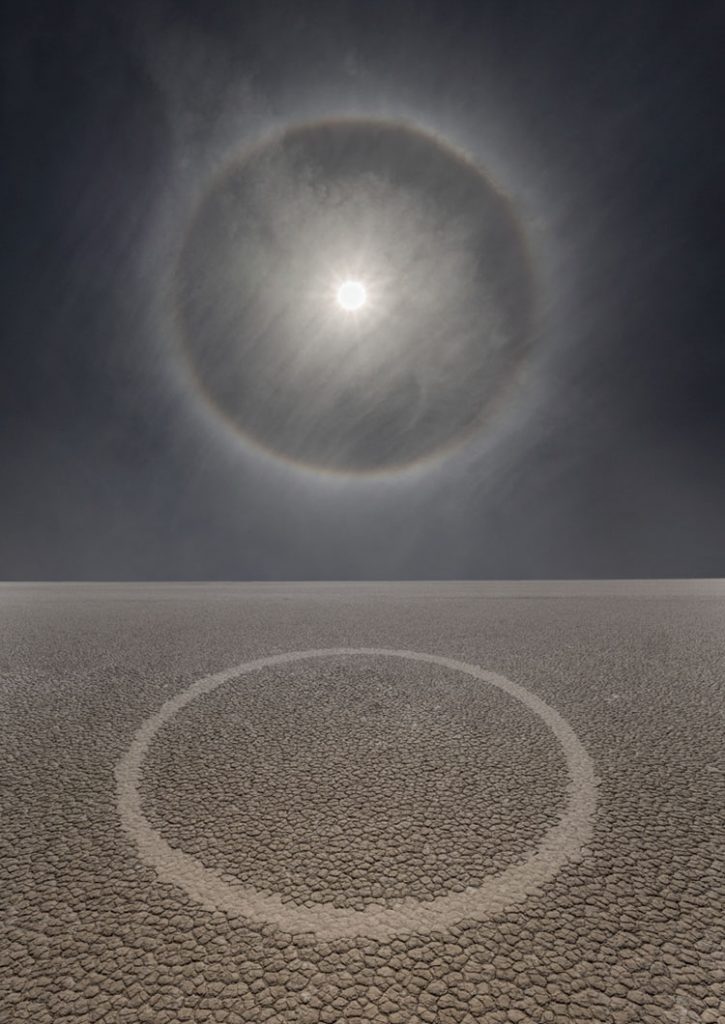 .
.
.
A Statement On Statements
.
I flinched when a curator asked me to write my first artist’s statement. Not wanting to displease him, I started writing. My BA was a double in Art and Literature, so I was no stranger to writing, and I’d even written about art in art history classes, but this was different. After I don’t know how many drafts, I realized that I understood my art better by writing about it. The people who read it understood it better too. A professor at Stanford shared my first statement with his students, hoping to inspire them as they began writing their own statements. Time and time again, my writing has benefitted me and many others.
.
Words have always been with me.
.
Writing clarifies ideas and feelings, makes connections, and even discovers new ideas. Part of my creative habit is a writing habit. Writing is with me at the beginning of my creative process (making notes, including free-flowing associations), in the middle (overcoming challenges and finding next steps), and at the end (digesting what I’ve done and communicating it to others in both written text and spoken words).
.
It’s not that I’m never silent. Quite the opposite, moments of profound silence are one of the things I search for in nature, reenter into when I create my art, and offer my viewers. But preceding them, there are words that help me get there, and following them, there are words that help me learn how to get there again and understand my experiences better. It takes both notes and spaces to make music.
.
Art is never wordless.
.
Art has titles; even untitled is a title. There are as many ways of writing as there are forms of art. Poorly used words (evasions, reductions, mystifications, and power plays) might divert our attention from but cannot banish what is most important about art. On the other hand, as discovery is the essence of art, words can help us enter more deeply into its mystery. Substantial statements become generative and can even become creative acts themselves.
.
One of the reasons many artists resist making verbal statements about their works is a lingering feeling that once something has been said about it, that’s all that will be experienced.
.
I avoid writing that closes windows and look for words that open doors.
.
I’ve found that certain approaches to using words can help everyone experience art in many more ways, sharing possible practices and different perspectives. No statement is definitive. All comments are additive. Words are the second context, beyond the fixed physical space, a growing psychic state that every work of art fosters and inhabits. These conversations extend the life of the art beyond the work itself and into us.
.
I make my art with my whole being. My art gets out ahead of my mind. I’m constantly catching up to my creations. I learned something writing this.
.
Writing is one way of coming in closer contact with my art and with the world it inhabits.
.
I’ve been surprised to find that words help many viewers come closer to my art too. Sometimes they spontaneously share new perspectives in animated conversations. Sometimes, they write in a more focused manner for an academic paper, discussing what inspires them in standard forms. Sometimes they write wilder ekphrastic responses, making art from art. I do this too. For me, writing is a vessel for savoring experiences, a form of deep inquiry, and a way to extend the conversations art starts.
.
I feel lucky to have listened to and engaged in conversations with many different artists.
.
Ansel Adams, Eliot Porter, Jerry Uelsmann, Richard Misrach, Joyce Tenneson, Georgia O’Keeffe, Via Clemens, Robert Penn Warren, Richard Blanco, Michael Hausman, and Richard Gere; being the son of two artists who became an artist and writer has offered me unusual experiences. This was further fueled by conversations with photographers for my long-standing column in the sister magazines View Camera and Camera Arts.
.
Some artists know how they want to talk about their work; some don’t. Lee Friedlander was one of the few people I interviewed who insisted on saying very little, not nothing; he just kept his words very spare. During a conversation with photographer Harry Callahan he constantly repeated, “I don’t have much to say.” and then we kept talking for hours. Arthur Meyerson liked the results of our conversation so much he included it in his first monograph, The Color Of Light; it’s not over, and it’s been continuing for years. Most of the artists I’ve spoken with have been happy to talk about their work and even delighted to verbally go where they hadn’t gone before. I found helping them shape statements about their work gratifying and insightful.
.
Because I wasn’t looking at the creative process from the outside in, but rather I knew the creative process from the inside out, I quickly moved beyond the expected to ask the questions that rarely got asked, and we went deeper. At the end of our exchanges, we both understood more. A conversation can be an inspiring journey of discovery.
.
All of my writing, including my artist’s statements, is one way to start and continue conversations.
.
.
Read my conversations with photographers here.
.
Read ekphrastic responses to my art here.
.
Read my ekphrastic response to Hokusai’s Great Wave here.


